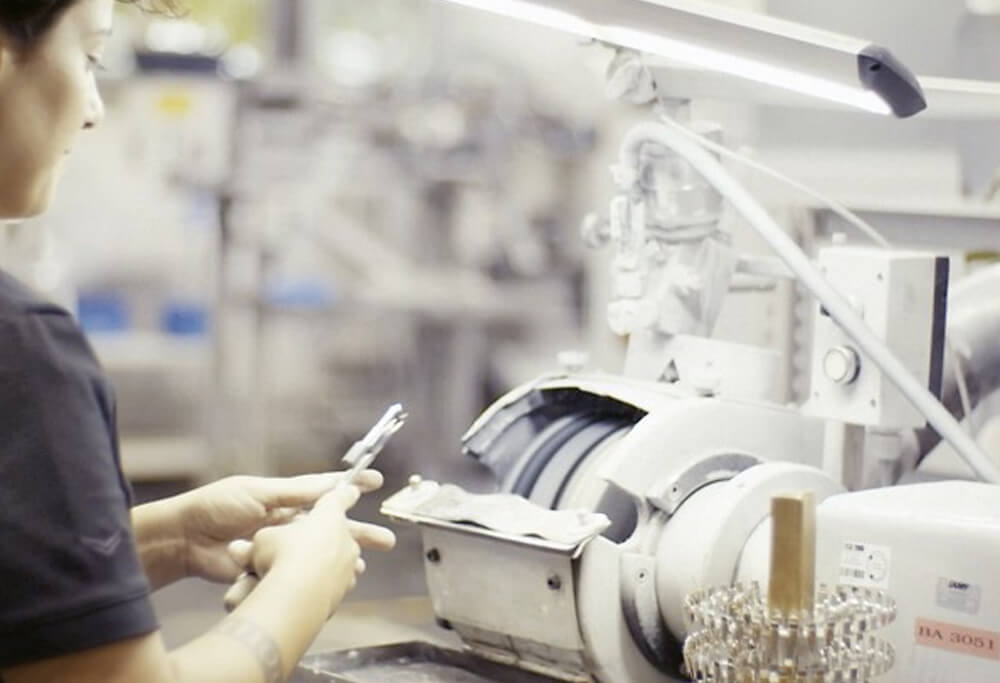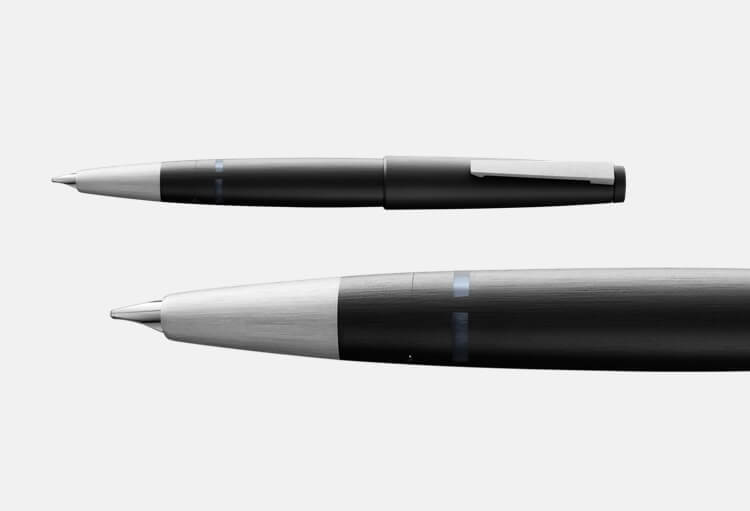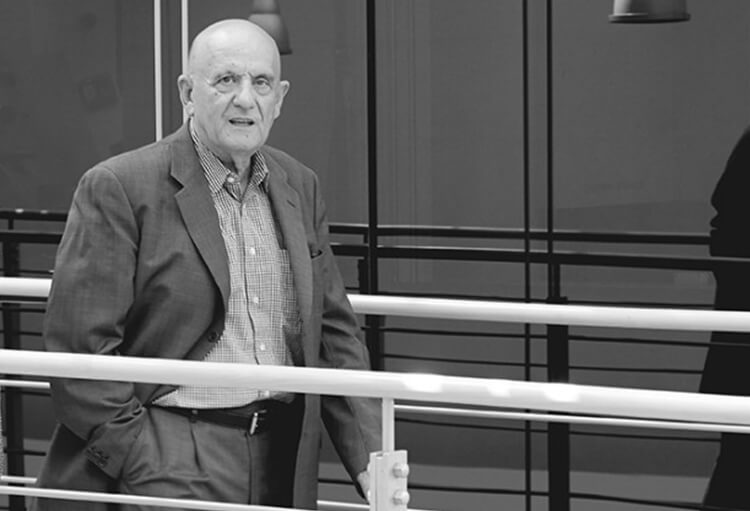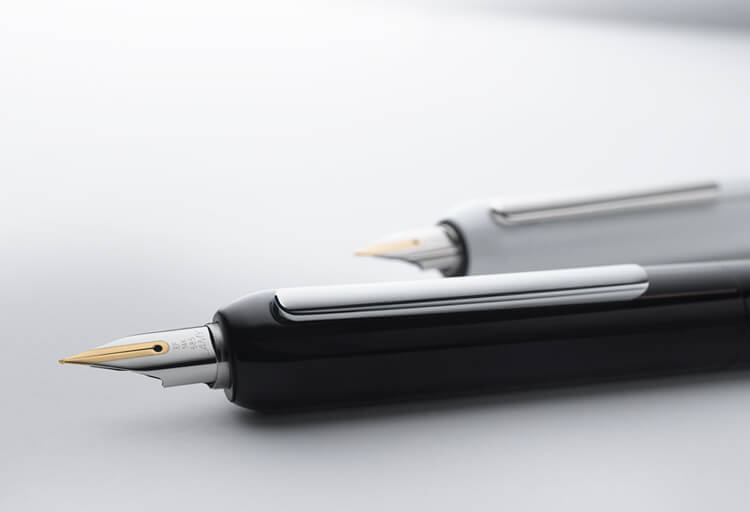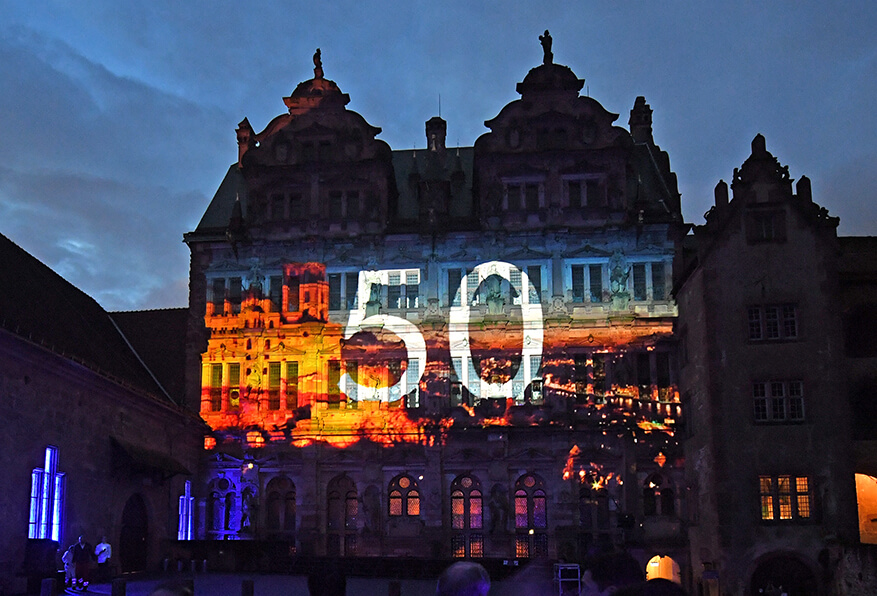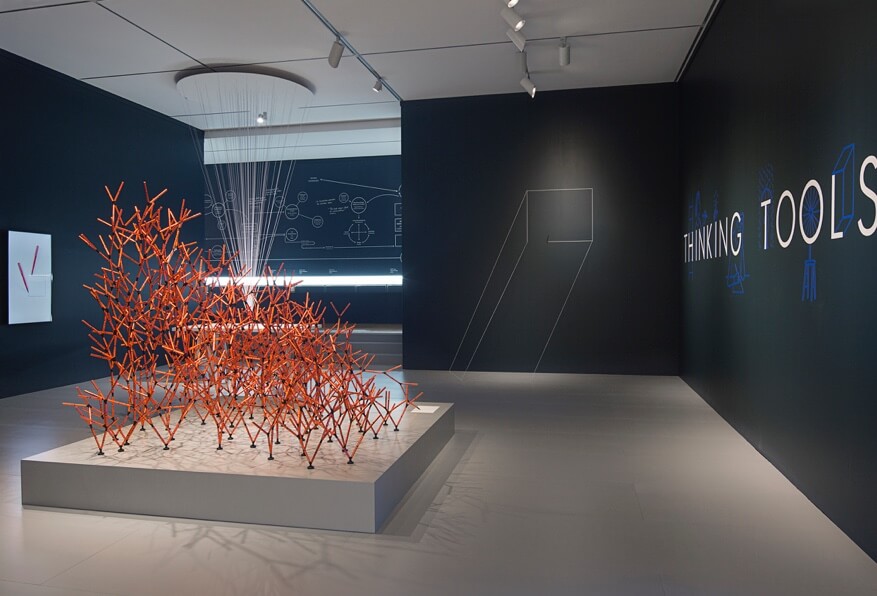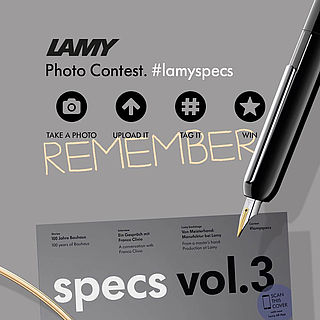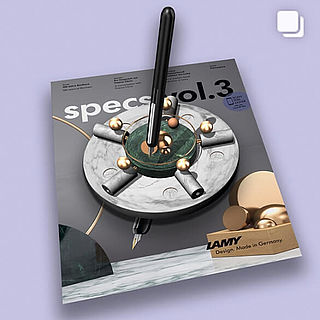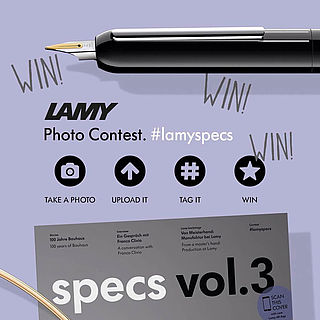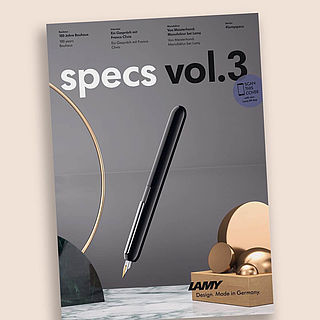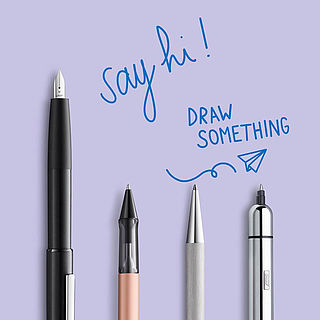100 years of Bauhaus
“The Bauhaus was an idea, and I think that the reason it had such a tremendous influence on every progressive school in the world is the fact that it was an idea.” – Mies van der Rohe

Next year the Bauhaus will be a hundred years old. Founded in Weimar in 1919, relocated to Dessau in 1925, forced to close in 1932 and finally dissolved in Berlin in 1933 under pressure from the national socialists, it existed for only 14 years. Nevertheless, the concept of the legendary school of design still continues to have an effect today – also at Lamy.
“You cannot attain such a resonance with organisation and with propaganda”, ascertained Ludwig Mies van der Rohe, who presided over the Bauhaus from 1930 to 1933. “Only an idea has the power to spread itself so far.”
The idea which supports and characterises the Bauhaus has many facets. Its still worldwide legendary reputation is mainly thanks to two things: the appointment of outstanding, completely different artistic personalities such as Johannes Itten, Wassily Kandinsky or Paul Klee, and the revolutionary concept of an integrated, boundary-breaking design theory.While Walter Gropius proclaims in the Bauhaus manifesto of 1919 that the ultimate goal of all creative activity is building and
appeals for unity in art and craftsmanship, this postulate is soon expanded. Art and technology should now equally serve to shape the living experience. In classes, the divide between “free” and “applied” art will be removed, the interactionbetween the two should be cultivated.
However, making a craftsman out of the artist is internally disputed. But the objective of the Bauhäusler to acknowledge the social responsibility of every type of design still remains. So it is with the Bauhaus that art and design move from the fringes of society into the centre. It is not only a laboratory for the modernist avant-garde, but also a forerunner of modern industrial design.
The idea of combining art and technology, aesthetics and function in a writing instrument is still a focal point at Lamy today. “The way to the Bauhaus”, reports Dr. Manfred Lamy, “was via Braun. At the time, I only had Braun appliances. I was very familiar with them and I developed a spontaneous appreciation for this company. For me, Bauhaus is art which is useful. And since I was looking for a design concept, Bauhaus was naturally one of the ones I thought of.”
Dr. Manfred Lamy: “The LAMY 2000 was a new type of pen which had a very modern shape compared to the other products in existence at that time.”
When Dr. Manfred Lamy met the designer Gerd A. Müller in 1963, the spontaneous appreciation was solidified: “We quickly defined a joint project – a fountain pen based on Bauhaus tradition. We took the contrast of black and the metal on the Braun shaver as a basis. Not many changes were made between Müller’s design model and the first production model. I had a very good design engineer at the time who fell in love with the model straight away. That meant that we were able to put the design into production relatively quickly.”
In effect, with the LAMY 2000, Lamy brought to market in 1966 a writing instrument which no longer appeared nostalgic, but rather modern in all respects. The design standard consistently adheres to the “form follows function” principle governing the Bauhaus.
The practical form is solely determined by the user benefits, and the material combination of matt brushed stainless steel and Macrolon, a totally new material at that time, emphasises the modern look.
With its consistent reduced design, the LAMY 2000 completely redefines the fountain pen. At the same time it marks the start of a success story, built on central ideas and concepts of the Bauhaus. Inspired by the LAMY 2000, Lamy subsequently developed its own design philosophy, which still endures today. So it is that in the last 50 years – in cooperation with designers such as Mario Bellini, Franco Clivio, Naoto Fukasawa and Jasper Morrison – writing instruments have been created which are all different, yet unmistakably Lamys.
Built with the influence of the Bauhaus philosophy – the Lamy Development Centre
Whereas at the Bauhaus, it is master craftsmen and visionary initiators who enrich one another, at Lamy, experienced engineers and internationally renowned designers work successfully together in the design process. And as demonstrated by Bauhaus – that style is as diversified as those who create it, at Lamy a fascinating togetherness and
co-existence of individual products has arisen from the spirit of modernism – “modern archetypes of a classic writing instrument”, as the designer Michael Sieger calls them.
Text: Thomas Wagner



